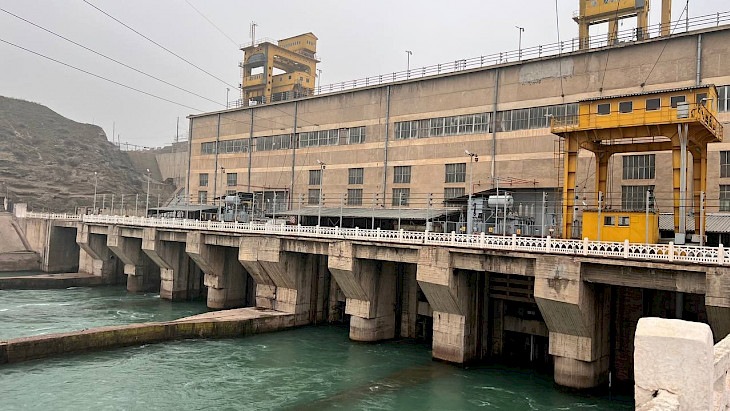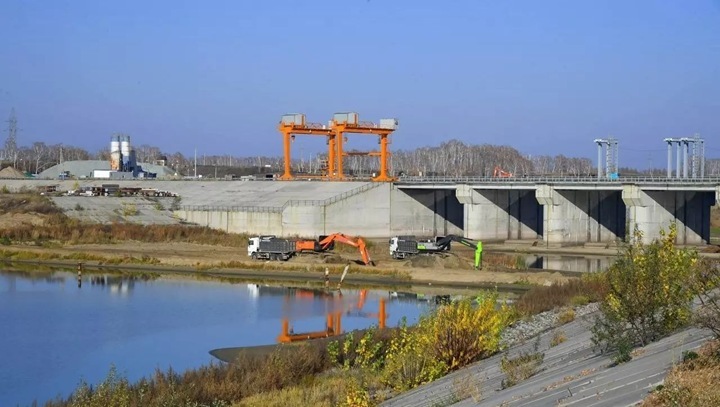An international seminar on Kambar-Ata HPP-1 was held in Bishkek
A seminar dedicated to the Kambar-Ata HPP-1 project was held in Bishkek on February 19. The event, organized by the Ministry of Energy of Kyrgyzstan, brought together delegations from Kazakhstan, Uzbekistan, the World Bank, as well as specialists from the Swiss company AFRY and other international experts. The main purpose of the seminar was to assess the current status of the Kambar-Ata HPP-1 project, including feasibility studies and environmental and social impact analysis. However, despite ambitious plans, the project raises serious concerns among environmentalists and local residents who fear negative consequences for ecosystems and traditional way of life.

During the event, the Swiss company AFRY, selected to update the feasibility study of the Kambar-Ata HPP-1 project, presented the interim results of its work. Among them were seismic assessment, hydrological studies and other key aspects of the project. The international company SMEC, responsible for environmental and social impact assessment, also reported on its initial studies. In particular, the potential scale of the impact on local communities and ecosystems was considered, as well as a plan for further environmental studies, which are scheduled for spring this year, was presented.
The Ministry of Energy of Kyrgyzstan reported that further preparation of the project includes the completion of a feasibility study and environmental impact assessment (EIA). After that, it is planned to hold a second round of consultations with stakeholders at the local and national levels in Kyrgyzstan, as well as in Kazakhstan and Uzbekistan. However, despite assurances that all aspects will be thoroughly studied, many experts express doubts about the sufficiency of measures to minimize environmental damage.
According to the Ministry of Energy, the height of the dam of the Kambar-Ata HPP-1 will be 256 meters, and the installed capacity of the station will reach 1860 megawatts. It is assumed that the HPP will produce about 5.6 billion kilowatt-hours of electricity per year. The construction cost is estimated at $3.6 billion. However, such large-scale projects are always accompanied by risks to the environment, including changes in the hydrological regime of rivers, destruction of natural ecosystems and forced relocation of local residents.
Experts emphasize that when implementing such projects, it is necessary to take into account not only the economic benefits, but also the long-term consequences for nature and society. Otherwise, the desire for energy independence may result in irreversible losses for the environment and the traditional way of life of local communities.


